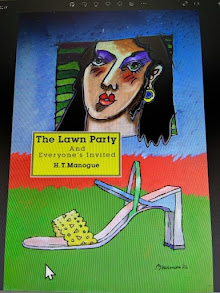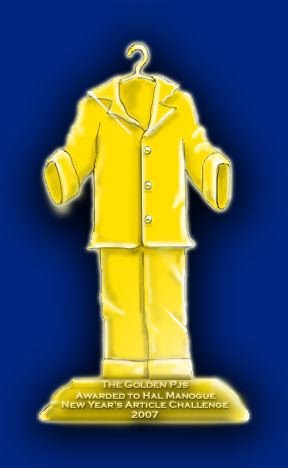Jonathan Seagull spent the rest of his days alone, but he flew away out beyond the Far Cliffs. His one sorrow was not solitude, it was that other gulls refused to believe the glory of flight that awaited them; they refused to open their eyes and see.
He learned more each day. He learned that a stream-lined high-speed dive could bring him to find the rare and tasty fish that schooled ten feet below the surface of the ocean; he no longer needed fishing boats and stale bread for survival. He learned to sleep in the air, setting a course at night across the offshore wind, covering a hundred miles from sunset to sunrise. With the same inner control, he flew through heavy sea-fogs and climbed above them into dazzling clear skies . . . in the very times when every other gull stood on the ground, knowing nothing but mist and rain. He learned to ride the high winds far inland, to dine there on delicate insects.
What he had once hoped for the flock, he now gained for himself alone; he learned to fly and was not sorry for the price he had paid. Jonathan Seagull discovered that boredom and fear and anger are the reasons that a gull’s life is so short, and with these gone from his thoughts, he lived a long fine life indeed.
Richard Bach, in his 1970 book Jonathan Livingston Seagull does a superb job expressing the wisdom that rests in all of us. There is an unconscious, but conscious force within us, and it’s filled with exceptional abilities. This force manifests physically from the well of wisdom within the inner self.
The conscious mind is a portion of the inner self. It holds the information we need to function daily. The conscious mind also holds other knowledge that does not directly apply to our physical reality. When we need that information, it will suddenly appear unless our conscious beliefs create a barrier and block it. When they happens, we ignore pertinent data that lies within our filed of perception.
The inner self manifests whatever experiences the conscious mind desires. This unique self keeps the body alive, but it always looks to the conscious mind for an assessment of the body’s reality and condition. It forms an image that is in line with the beliefs of the conscious mind so our beliefs and ideas about the self create the body we live in. The body is an artistic creation. It is constantly being maintained at unconscious levels, but it will always align with our conscious beliefs about who and what we are.










